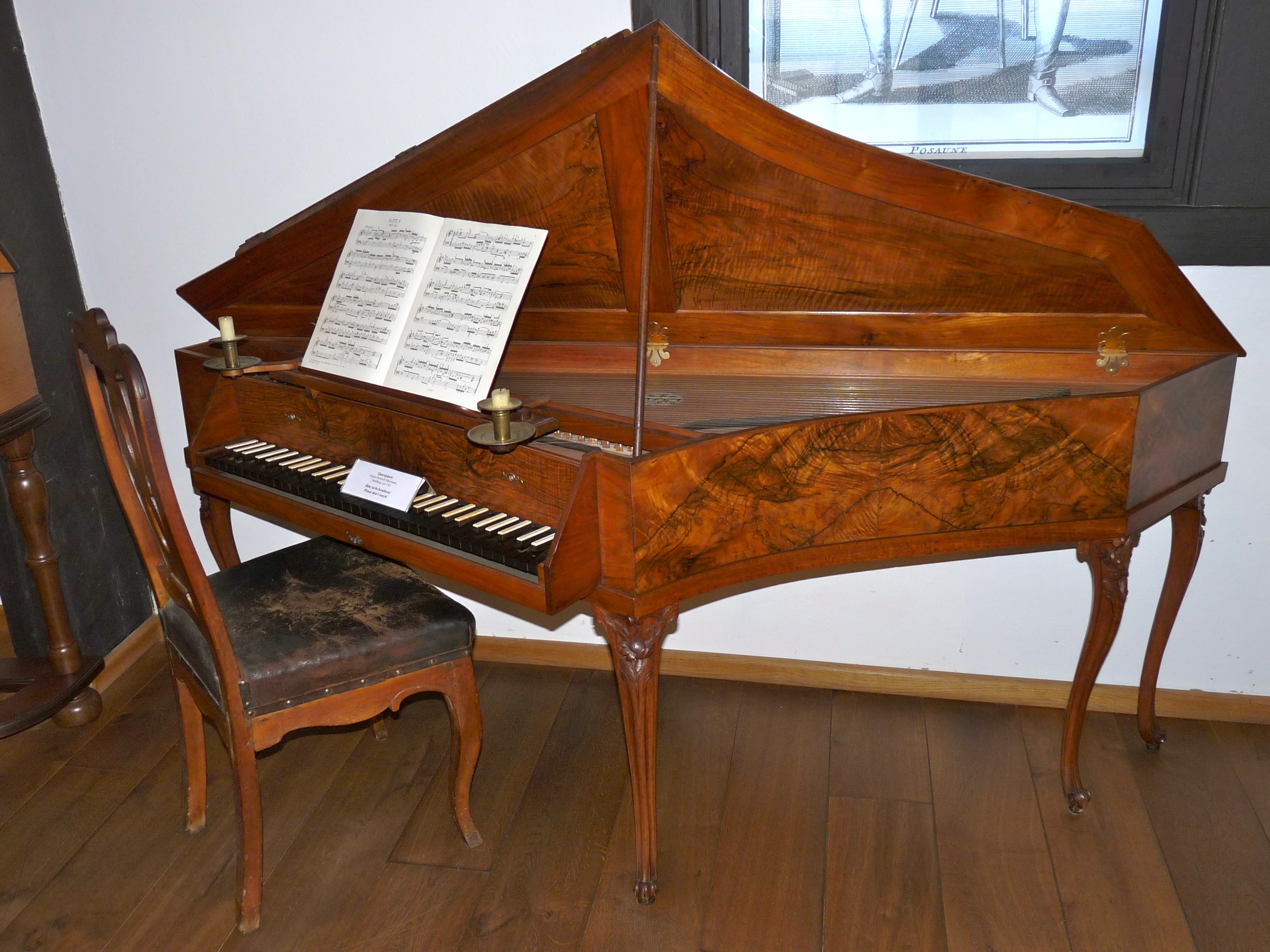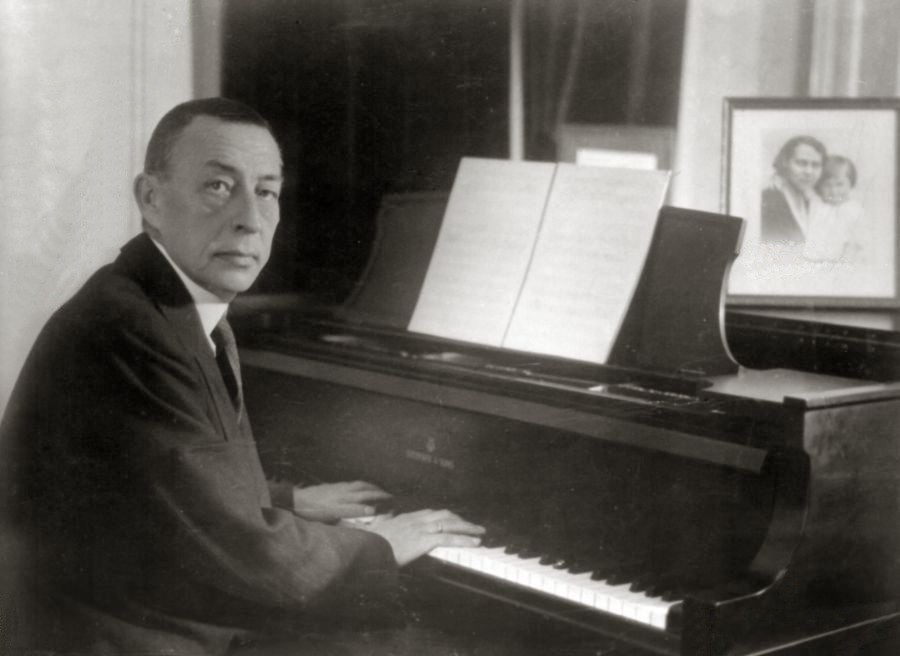|
Piano
The piano is a stringed keyboard instrument in which the strings are struck by wooden hammers that are coated with a softer material (modern hammers are covered with dense wool felt; some early pianos used leather). It is played using a musical keyboard, keyboard, which is a row of keys (small levers) that the performer presses down or strikes with the fingers and thumbs of both hands to cause the hammers to strike the strings. It was invented in Italy by Bartolomeo Cristofori around the year 1700. Description The word "piano" is a shortened form of ''pianoforte'', the Italian term for the early 1700s versions of the instrument, which in turn derives from ''clavicembalo col piano e forte'' (key cimbalom with quiet and loud)Pollens (1995, 238) and ''fortepiano''. The Italian musical terms ''piano'' and ''forte'' indicate "soft" and "loud" respectively, in this context referring to the variations in volume (i.e., loudness) produced in response to a pianist's touch or pressure on ... [...More Info...] [...Related Items...] OR: [Wikipedia] [Google] [Baidu] |
Bösendorfer
Bösendorfer (L. Bösendorfer Klavierfabrik GmbH) is an Austrian piano manufacturer and, since 2008, a wholly owned subsidiary of Yamaha Corporation. Bösendorfer is unusual in that it produces 97- and 92- key models in addition to instruments with standard 88-key keyboards. History Bösendorfer, one of the oldest piano manufacturers, was established in 1828 by Ignaz Bösendorfer. It has a history of producing highly respected instruments. In 1830, it was granted the status of official piano maker to the Emperor of Austria. Ignaz's son Ludwig Bösendorfer (1835–1919) assumed control in 1859, operating from new premises from 1860. Between 1872 and its closure in 1913, the associated Bösendorfer-Saal was one of the premier concert halls of Vienna. In 1909, Carl Hutterstrasser purchased the company and was succeeded by his sons Alexander and Wolfgang in 1931. In 1966, the Jasper Corporation (later renamed Kimball International), parent company of Kimball Piano ... [...More Info...] [...Related Items...] OR: [Wikipedia] [Google] [Baidu] |
C Major
C major (or the key of C) is a major scale based on C, consisting of the pitches C, D, E, F, G, A, and B. C major is one of the most common keys used in music. Its key signature has no flats or sharps. Its relative minor is A minor and its parallel minor is C minor. The C major scale is: : On the piano, the C major scale can be played by playing only the white keys starting on C. Compositions Twenty of Joseph Haydn's 106 symphonies are in C major, making it his second most-used key, second to D major. Of the 134 symphonies mistakenly attributed to Haydn that H. C. Robbins Landon lists in his catalog, 33 are in C major, more than any other key. Before the invention of the valves, Haydn did not write trumpet and timpani parts in his symphonies, except those in C major. Landon writes that it wasn't "until 1774 that Haydn uses trumpets and timpani in a key other than C major... and then only sparingly." Most of Haydn's symphonies in C major are labelled "festive ... [...More Info...] [...Related Items...] OR: [Wikipedia] [Google] [Baidu] |
Piano Pedals
Piano pedals are foot-operated levers at the base of a piano that change the instrument's sound in various ways. Modern pianos usually have three pedals, from left to right, the soft pedal (or una corda), the sostenuto pedal, and the sustaining pedal (or damper pedal). Some pianos omit the sostenuto pedal, or have a middle pedal with a different purpose such as a muting function also known as silent piano. The development of the piano's pedals is an evolution that began from the very earliest days of the piano, and continued through the late 19th century. Throughout the years, the piano had as few as one modifying stop, and as many as six or more, before finally arriving at its current configuration of three. Individual pedals Soft pedal The ''soft pedal'', or '' una corda'' pedal, was invented by Bartolomeo Cristofori. It was the first mechanism invented to modify the piano's sound. This function is typically operated by the left pedal on modern pianos. Neither of its co ... [...More Info...] [...Related Items...] OR: [Wikipedia] [Google] [Baidu] |
Fortepiano
A fortepiano , sometimes referred to as a pianoforte, is an early piano. In principle, the word "fortepiano" can designate any piano dating from the invention of the instrument by Bartolomeo Cristofori in 1698 up to the early 19th century. Most typically, however, it is used to refer to the mid-18th to early-19th century instruments for which composers of the Classical era, especially Haydn, Mozart, and the younger Beethoven wrote their piano music. Starting in Beethoven's time, the fortepiano began a period of steady evolution, culminating in the late 19th century with the modern grand. The earlier fortepiano became obsolete and was absent from the musical scene for many decades. In the 20th century the fortepiano was revived, following the rise of interest in historically informed performance. Fortepianos are built for this purpose in specialist workshops. Construction The fortepiano has leather-covered hammers and thin, harpsichord-like strings. It has a much lighter ... [...More Info...] [...Related Items...] OR: [Wikipedia] [Google] [Baidu] |
Spinet
A spinet is a smaller type of harpsichord or other keyboard instrument, such as a piano or organ. Harpsichords When the term ''spinet'' is used to designate a harpsichord, typically what is meant is the ''bentside spinet'', described in this section. For other uses, see below. The bentside spinet shares most of its characteristics with the full-size instrument, including action, soundboard, and case construction. What primarily distinguishes the spinet is the angle of its strings: whereas in a full-size harpsichord, the strings are at a 90-degree angle to the keyboard (that is, they are parallel to the player's gaze); and in virginals they are parallel to the keyboard, in a spinet the strings are at an angle of about 30 degrees to the keyboard, going toward the right. The case of a bentside spinet is approximately triangular. The side on the right is usually bent concavely (hence the name of the instrument), curving away from the player toward the right rear corner. The long ... [...More Info...] [...Related Items...] OR: [Wikipedia] [Google] [Baidu] |
Bartolomeo Cristofori
Bartolomeo Cristofori di Francesco (; May 4, 1655 – January 27, 1731) was an Italian maker of musical instruments famous for inventing the piano. Life The available source materials on Cristofori's life include his birth and death records, two wills, the bills he submitted to his employers, and a single interview carried out by Scipione Maffei. From the latter, both Maffei's notes and the published journal article are preserved. Cristofori was born in Padua in the Republic of Venice. Nothing is known of his early life. A tale is told that he served as an apprentice to the great violin maker Nicolò Amati, based on the appearance in a 1680 census record of a "Christofaro Bartolomei" living in Amati's house in Cremona. However, as Stewart Pollens points out, this person cannot be Bartolomeo Cristofori, since the census records an age of 13, whereas Cristofori according to his baptismal record would have been 25 at the time. Pollens also gives strong reasons to doubt the ... [...More Info...] [...Related Items...] OR: [Wikipedia] [Google] [Baidu] |
Musical Keyboard
A musical keyboard is the set of adjacent depressible levers or keys on a musical instrument. Keyboards typically contain keys for playing the twelve notes of the Western musical scale, with a combination of larger, longer keys and smaller, shorter keys that repeats at the interval of an octave. Pressing a key on the keyboard makes the instrument produce sounds—either by mechanically striking a string or tine ( acoustic and electric piano, clavichord), plucking a string (harpsichord), causing air to flow through a pipe organ, striking a bell (carillon), or, on electric and electronic keyboards, completing a circuit ( Hammond organ, digital piano, synthesizer). Since the most commonly encountered keyboard instrument is the piano, the keyboard layout is often referred to as the ''piano keyboard''. Description The twelve notes of the Western musical scale are laid out with the lowest note on the left. The longer keys (for the seven "natural" notes of the C major scale: C ... [...More Info...] [...Related Items...] OR: [Wikipedia] [Google] [Baidu] |
Pianist
A pianist ( , ) is an individual musician who plays the piano. Since most forms of Western music can make use of the piano, pianists have a wide repertoire and a wide variety of styles to choose from, among them traditional classical music, jazz, blues, and all sorts of popular music, including rock and roll. Most pianists can, to an extent, easily play other keyboard-related instruments such as the synthesizer, harpsichord, celesta, and the organ. Pianists past and present Modern classical pianists dedicate their careers to performing, recording, teaching, researching, and learning new works to expand their repertoire. They generally do not write or transcribe music as pianists did in the 19th century. Some classical pianists might specialize in accompaniment and chamber music, while others (though comparatively few) will perform as full-time soloists. Classical Mozart could be considered the first "concert pianist" as he performed widely on the piano. Composers B ... [...More Info...] [...Related Items...] OR: [Wikipedia] [Google] [Baidu] |
Keyboard Instrument
A keyboard instrument is a musical instrument played using a keyboard, a row of levers which are pressed by the fingers. The most common of these are the piano, organ, and various electronic keyboards, including synthesizers and digital pianos. Other keyboard instruments include celestas, which are struck idiophones operated by a keyboard, and carillons, which are usually housed in bell towers or belfries of churches or municipal buildings. Today, the term ''keyboard'' often refers to keyboard-style synthesizers. Under the fingers of a sensitive performer, the keyboard may also be used to control dynamics, phrasing, shading, articulation, and other elements of expression—depending on the design and inherent capabilities of the instrument. Another important use of the word ''keyboard'' is in historical musicology, where it means an instrument whose identity cannot be firmly established. Particularly in the 18th century, the harpsichord, the clavichord, and the early p ... [...More Info...] [...Related Items...] OR: [Wikipedia] [Google] [Baidu] |
Kimiko Douglass-Ishizaka
Kimiko Douglass-Ishizaka (born 4 December 1976) is a German Japanese composer, pianist, and former Olympic weightlifter and powerlifter. Music Born in Bonn, Germany, Douglass-Ishizaka (known as Ishizaka) started playing the piano at age four, was a member of the Ishizaka Trio for 16 years with her brothers and graduated from Hochschule für Musik Köln. As a solo pianist, she has performed concerts throughout Europe, North America and Japan, as well as appearing with the Beethoven Orchester Bonn, the Klassische Philharmonie Bonn and the Jackson Symphony Orchestra (Michigan).Biography , Kimiko Ishizaka web page. Retrieved 14 December 2011. [...More Info...] [...Related Items...] OR: [Wikipedia] [Google] [Baidu] |
Percussion Instrument
A percussion instrument is a musical instrument that is sounded by being struck or scraped by a beater including attached or enclosed beaters or rattles struck, scraped or rubbed by hand or struck against another similar instrument. Excluding zoomusicological instruments and the human voice, the percussion family is believed to include the oldest musical instruments.'' The Oxford Companion to Music'', 10th edition, p.775, In spite of being a very common term to designate instruments, and to relate them to their players, the percussionists, percussion is not a systematic classificatory category of instruments, as described by the scientific field of organology. It is shown below that percussion instruments may belong to the organological classes of ideophone, membranophone, aerophone and cordophone. The percussion section of an orchestra most commonly contains instruments such as the timpani, snare drum, bass drum, tambourine, belonging to the membranophones, an ... [...More Info...] [...Related Items...] OR: [Wikipedia] [Google] [Baidu] |





